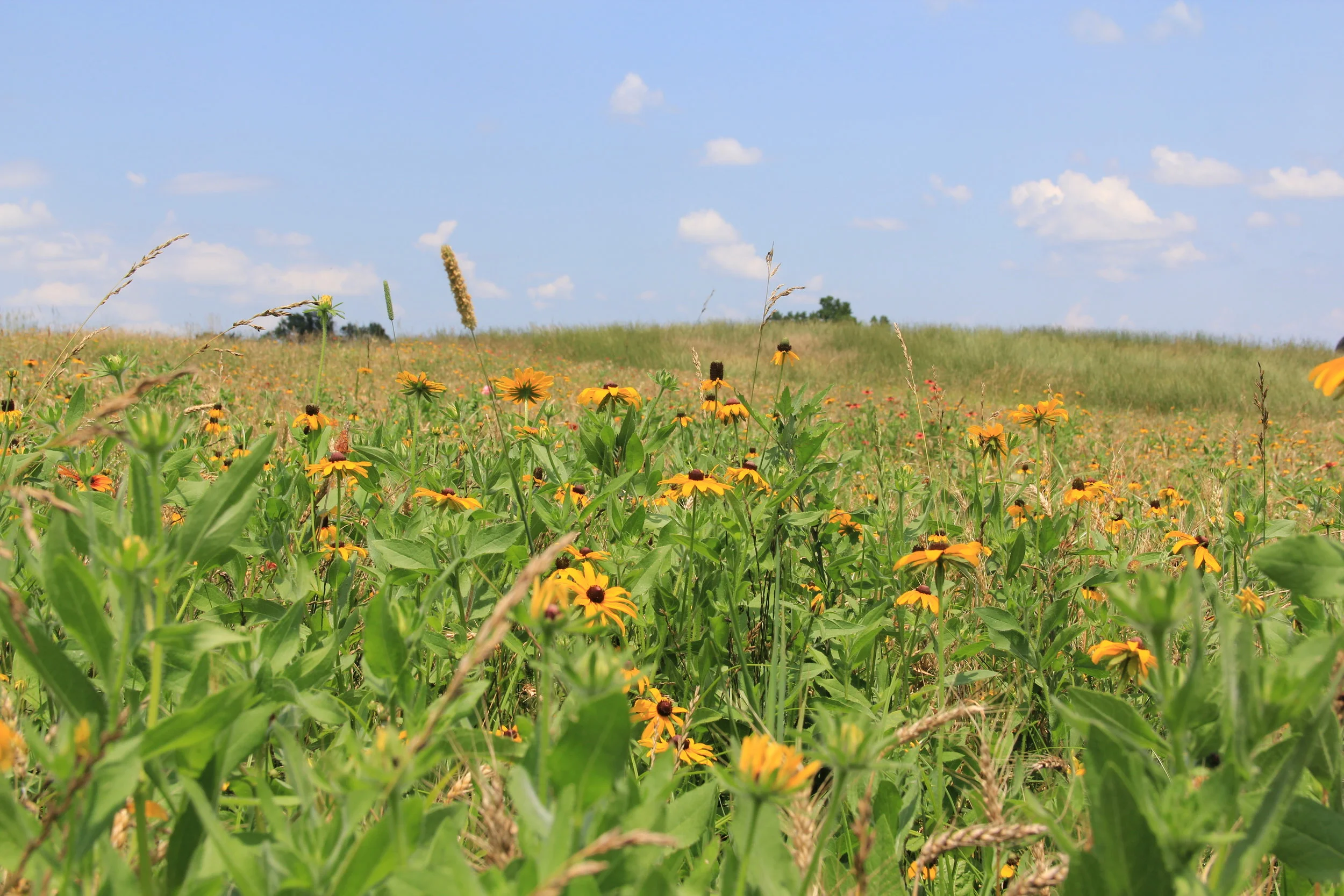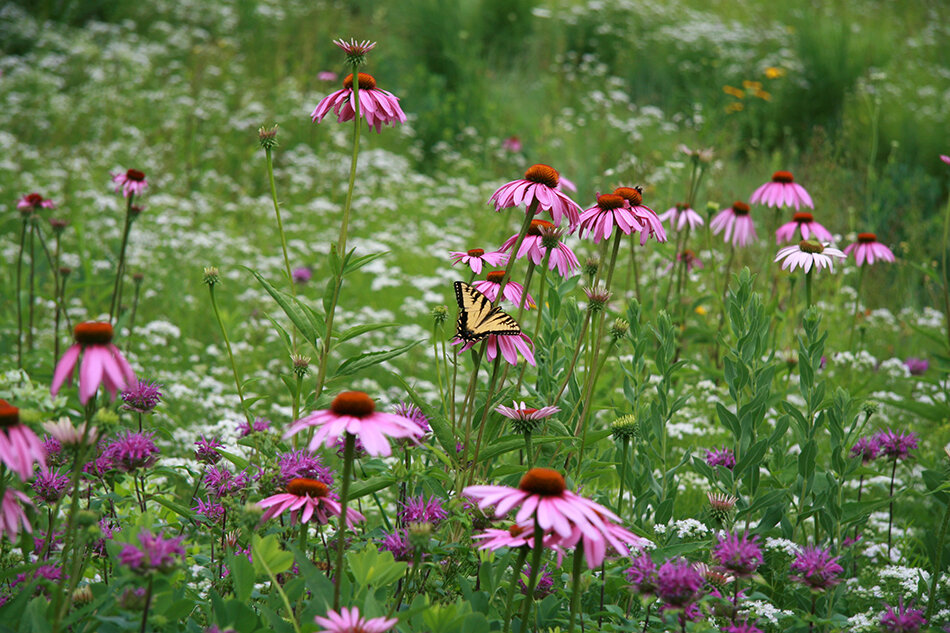Working with Nature: Using Native Plants in Ecological Landscape Design
OSGF
Whether it be on a sprawling 100 acre property or a patch of grass under your window, everyone wants to see flowers, trees or shrubs growing around their home. Native plants, which tend to require less maintenance and water than non-native species, as well as create important habitats for birds and other local wildlife, are particularly popular. However, designing a successful garden or landscape with native plants isn’t as simple as tossing a few seeds into your yard and hoping they figure it out.
Plant enthusiasts from the Oak Spring Garden Foundation, along with members of the community, were fortunate enough to attend a free lecture from award-winning ecological landscape designer Larry Weaner on Wednesday night, who traveled to the Hill School in Middleburg after helping OSGF’s horticulturists and landscapers with their own projects. In case you missed the event, here are a few ecological landscaping tips from Larry’s talk.
Not all native environments are created equal.
Just because a plant is native to Virginia - or Kentucky, or California, or whatever state you call home - doesn’t mean it is going to do well on your property. A type of plant that prefers wet meadows on the Virginia coast isn’t necessarily going to be happy in a wet meadow in the Virginia piedmont, which has a far different type of soil. Taking native habitats into consideration is important for the success of your garden. However, don’t be too distressed if your planting efforts require a little trial and error: as Larry says, “you don’t really know a plant until you’ve killed it at least twice.”
Photo compliments of Larry Weaner Landscape Associates
Communities matter.
Plants in nature tend to grow in “communities”: for example, in a wild meadow you usually see different types of flowers growing at different soil levels, serving a variety of purposes within their environment. Some may “drop out” after a season or so, but serve as seed sources for other areas; others create a network of roots that suppresses weeds. As you plan your landscape, Larry recommends researching what types of plants work well together.
Photo compliments of Larry Weaner Landscape Associates
Consider natural succession.
Understanding the succession stages in natural environments can help you plan your own landscape. Left to its own devices, a meadow will transform into a thicket, then a pioneer forest, then a mature forest. As landscapes evolve, so does soil cover and levels of sun and shade. Anticipating these changes, and planting species that germinate and develop at different rates, gives your garden or landscape a better chance of survival.
Not sure where to start? Do you homework.
Weaner recommends that newcomers to the gardening world familiarize themselves with terrestrial ecology, or the study of how land-based organisms interact with each other and their environment. A list of Larry’s publications can be found on his website, and sites like Amazon have a lot of good introductory books to terrestrial ecology.


